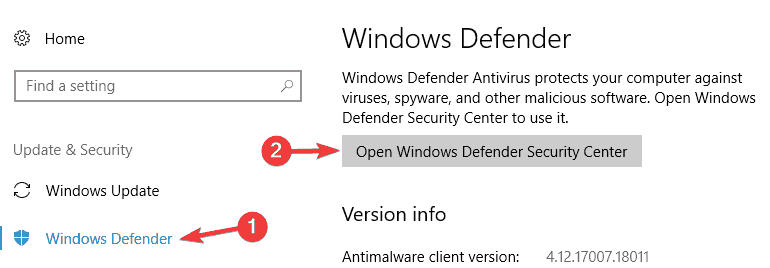

You should only see it active if Microsoft Defender is enabled. No reports are readily available suggesting that any known malware is attempting (or has previously attempted) to fake this process on Windows. How to Disable the Antimalware Service Executable ProcessĪs a major system process, and the background process for Windows’ own antivirus protection no less, it’s almost certain that the Antimalware Service Executable process you’ll see running in Task Manager is genuine and safe to run.

However, if your PC is older and struggling, you may need to consider resetting Windows 10 or upgrading your PC to resolve the problem. To do this, right-click the Start menu and select Settings.įor most users, this should resolve common problems with a corrupted Windows 10 installation that may cause instability issues such as high CPU or RAM issues.You can temporarily disable Microsoft Defender if this becomes a serious stability issue, but you may want to check that your system files are intact and that Windows is fully up-to-date with the latest bug fixes first. This is especially true if no obvious actions are being performed (such as an in-progress malware scan).

However, if Microsoft Defender is using a large amount of your system resources regularly, it could point to other issues with your PC that may need resolving, such as corrupt system files. Troubleshooting High CPU and RAM Issues with Microsoft Defender These are all typical actions of a standard antivirus program, so you shouldn’t (usually) consider some CPU or RAM usage as a problem. This could be running an antivirus scan on a file or app, checking for new threat updates from Microsoft’s services, preventing third-party network threats, and more. However, if you spot it using a high amount of CPU or RAM usage on your PC, it’s probably a sign that Microsoft Defender is performing an action. Most of the time, the Antimalware Service Executable remains inactive, using minimal system resources. How Antimalware Service Executable Causes High CPU and RAM Issues This means that the Antimalware Service Executable process should be inactive, using no system resources, and remaining unavailable until Microsoft Defender is reactivated. If you switch to a third-party antivirus solution (such as Avast or Malwarebytes), Microsoft Defender will switch to disabled mode, ensuring no conflicts.


 0 kommentar(er)
0 kommentar(er)
